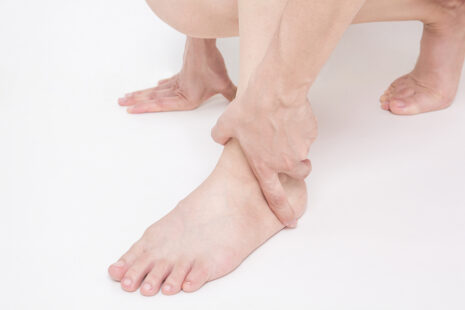Stretching the hips is an essential part of physical therapy, as it can improve flexibility, reduce muscle tension, and promote hip joint mobility.
Here are some effective hip stretches commonly used in physical therapy…
- Hip Flexor Stretch
- Kneel on your right knee with your left foot in front, forming a 90-degree angle with your knee.
- Gently shift your weight forward, keeping your back straight, until you feel a stretch in the front of your right hip.
- Hold the stretch for about 30 seconds, then switch sides and repeat.
- Piriformis Stretch
- Sit on a chair or the edge of a table.
- Cross your right ankle over your left knee, forming a figure 4 shape with your legs.
- Gently lean forward until you feel a stretch in your right hip.
- Hold the stretch for about 30 seconds, then switch sides and repeat.
- Seated Hip Stretch
- Sit on the floor with your legs extended straight in front of you.
- Bend your right knee and place your right foot on the floor, crossing it over your left leg.
- Gently twist your upper body to the right, placing your left elbow on the outside of your right knee.
- Hold the stretch for about 30 seconds, then switch sides and repeat.
- Hip Flexor and Quad Stretch
- Stand with your feet shoulder-width apart.
- Take a step back with your right foot and bend both knees, lowering into a lunge position.
- Gently tuck your pelvis under and push your hips forward to stretch the front of your right hip and thigh.
- Hold the stretch for about 30 seconds, then switch sides and repeat.
- Supine Hip Stretch
- Lie on your back with your knees bent and feet flat on the floor.
- Cross your right ankle over your left knee, forming a figure 4 shape.
- Gently pull your left knee toward your chest until you feel a stretch in your right hip.
- Hold the stretch for about 30 seconds, then switch sides and repeat.
When performing these hip stretches, it’s crucial to maintain slow, controlled movements and avoid bouncing or jerking. Never force yourself into a position that causes pain. Instead, aim for a gentle stretch that is felt in the targeted area.
Consult with your physical therapist to determine which hip stretches are most appropriate for your specific condition and to receive guidance on proper form and technique. They can also tailor a comprehensive stretching routine to address your individual needs and goals. Regular hip stretching, combined with other physical therapy exercises, can help improve hip flexibility, reduce discomfort, and enhance overall hip function.




